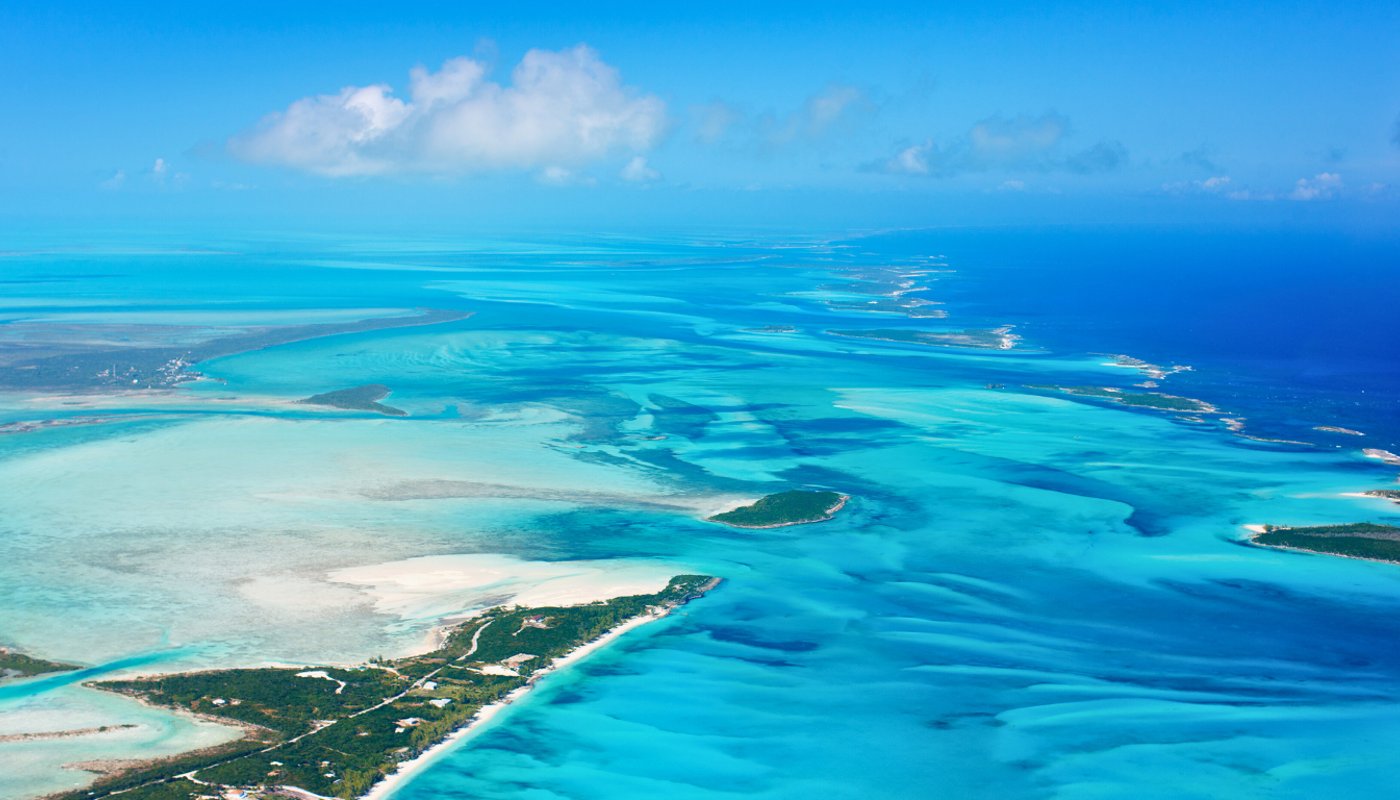Discovering Where Is the Bahamas: A Hidden Gem in the Caribbean
You’ve seen the photos—clear blue water, white sand beaches, and sunsets that don’t need filters. But before you pack your flip-flops, you might be asking: Where is the Bahamas? Let’s clear that up.
Overview of the Bahamas
The Bahamas isn’t just one island—it’s an entire chain of over 700 islands and cays scattered across the Atlantic Ocean. About 30 of them are inhabited, offering everything from high-end resorts and nightlife to untouched beaches where you might not see another soul all day.
This sprawling archipelago is known for its coral reefs, crystal-clear waters, and a relaxed pace of life. Whether you’re flying in for a weekend getaway or plotting a week-long escape, you’ll find there’s more than one side to this destination.
Importance of Location
Understanding where the Bahamas is located isn’t just about pointing to it on a map—it’s about why that location matters.
The Bahamas sits in a strategic position along major Atlantic shipping routes, acting as a connector between North America, the Caribbean islands, and Central America. Its location has made it a hotspot not only for tourism but also for finance, biodiversity, and marine conservation.
Geographical Placement
So, where is the Bahamas located in the Caribbean—or is it?
Technically, the Bahamas lies in the western Atlantic Ocean, not in the Caribbean Sea. But culturally, historically, and even politically, it's often grouped with the Caribbean islands. Think of it as a Caribbean cousin with an Atlantic address.
The islands stretch from the coast of Florida in the northwest down toward Cuba in the south, forming a sweeping arc of tropical terrain. This position places the Bahamas firmly in the subtropics, which is why you can expect warm weather year-round, with average temps in the 70s and 80s °F.
Why the Bahamas has 16 “main” islands (and why that matters)
Let’s clear something up: The Bahamas has over 700 islands and 2,400 cays, but only 16 are considered “main” islands. That’s because those are the ones with the infrastructure, communities, and accommodations that make travel doable (and amazing).
New Providence is home to Nassau, the capital—think historic forts, casinos, and big-resort energy.
Grand Bahama offers eco-adventures and hidden underwater caves.
Exuma is where you’ll find the swimming pigs, sapphire-blue sandbars, and private-island luxury.
Then there’s Andros, a diver’s dream with the third-largest barrier reef on Earth.
And Eleuthera and Harbour Island, where you get pink sand and pastel colonial buildings.
Each island has its own pace, personality, and perks, so where you go in the Bahamas changes how you experience it. Don’t just ask where the Bahamas is, ask which Bahamas you want to explore.
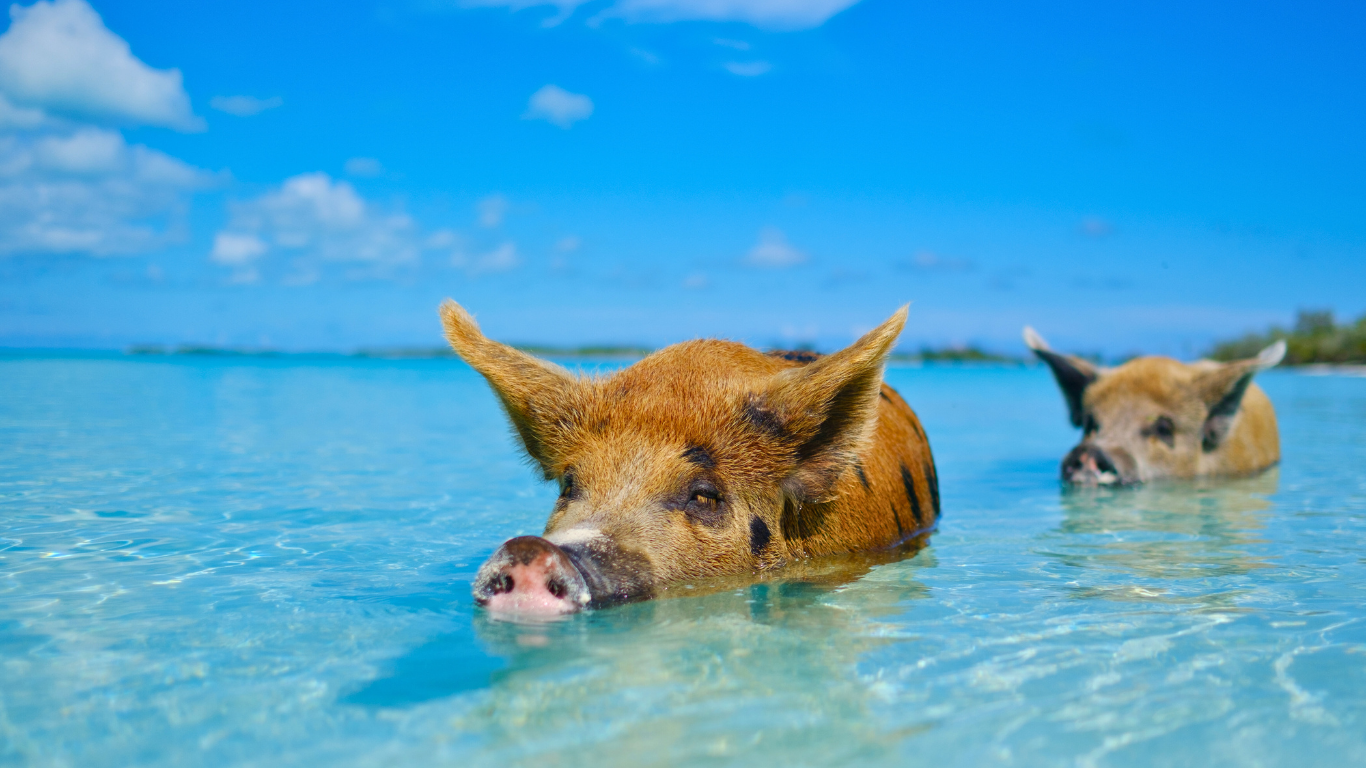
Proximity to the United States
One of the Bahamas’ biggest advantages? It’s close. Really close.
From Miami, it’s a 35–50 minute flight to the nearest Bahamian island. You can leave the city in the morning and be lounging on the beachside by lunchtime. It’s one of the quickest international getaways Americans can take, especially for travelers on the East Coast.
And if you’re arriving by cruise ship, chances are high your itinerary includes Nassau, the capital, or one of the Out Islands like Grand Bahama or Great Stirrup Cay.
Surrounding Caribbean Nations
The Bahamas is part of a fascinating maritime neighborhood. Here’s who’s around:
Cuba: Just south of the Bahamas and the largest of the Caribbean islands, known for its culture, cigars, and classic cars.
Turks and Caicos Islands: Southeast of the Bahamas, famous for stunning beaches and upscale resorts.
United States (Florida): To the northwest, and often the first stop on the way to the Bahamas, especially for U.S. travelers.
This geography makes the Bahamas a cultural crossroads. Bahamian food, music, and even language have hints of African, British, Caribbean, and American influence, all stirred together to create something uniquely Bahamian.
Cultural significance
So now that we’ve answered the big question—where is the Bahamas?—let’s talk about why it’s more than just a string of pretty islands.
The Bahamas is a cultural mosaic, shaped by African roots, British history, and deep connections with the Caribbean islands, even though it technically sits in the Atlantic.
This isn’t some vague "island culture" either. It’s bold. It’s specific. And it’s everywhere, from the beat of rake-and-scrape music played with saws and drums, to the feathers and sequins of Junkanoo parades, to the first spicy bite of cracked conch or the sweet, slow-baked guava duff your Airbnb host swears by. Their culture is as rich and satisfying as their food in the Bahamas.
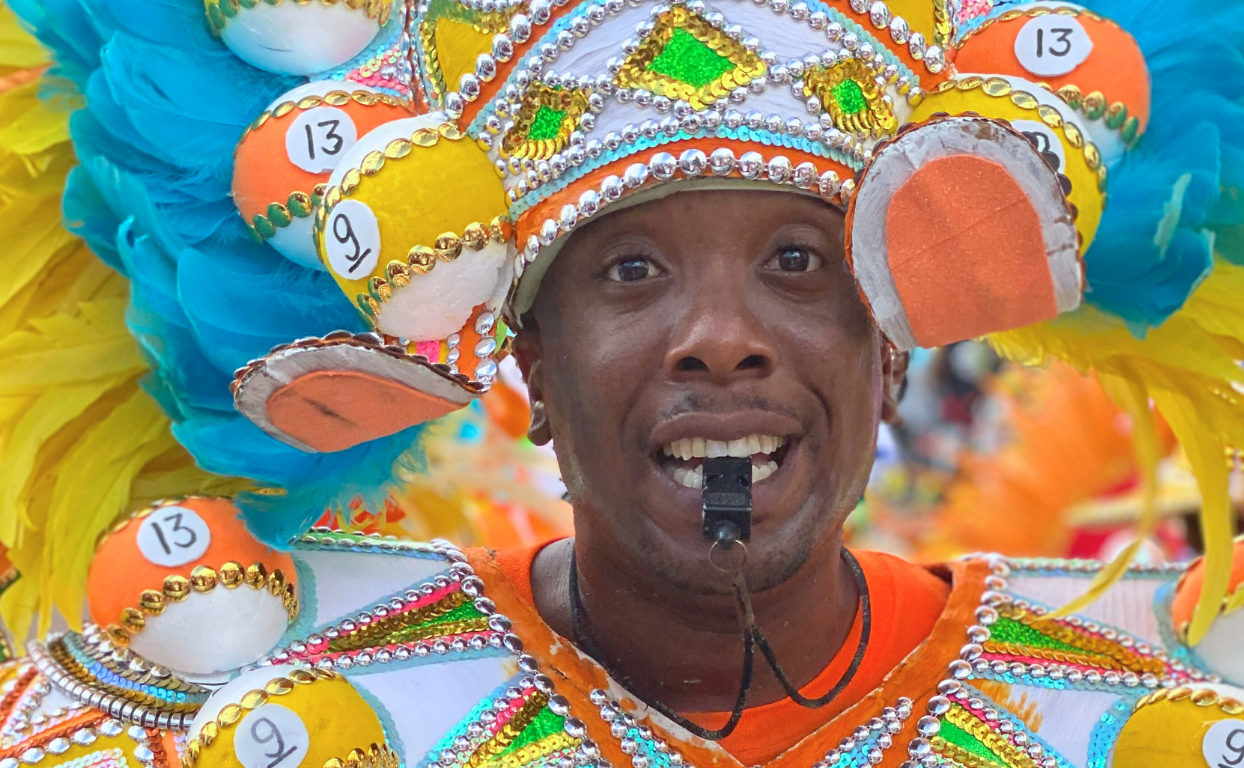
Language and lifestyle
Yes, English is the official language—but the way Bahamians speak it? That’s a whole other story. It’s rhythmic, expressive, and full of local slang that reflects generations of storytelling.
You’ll hear it at the fish market. You’ll hear it at the corner store. It’s not just a dialect—it’s identity.
Life on the islands tends to run on its own clock. There’s no rush unless it’s regatta season, and then suddenly—boats, music, dancing, everywhere. That’s when the laid-back turns full-on electric.
Religion and traditions
Churches matter here. Most Bahamians are Christian, and religion plays a big role in daily life, from Sunday mornings to holiday events. But tradition goes way beyond pews and pulpits.
Take Junkanoo—a full-blown street carnival held every Boxing Day and New Year’s Day. It’s not just a party; it’s centuries of history, stitched into every costume, echoed in every drumbeat. For many, it’s the most important expression of Bahamian pride there is.
Historical context
Now let’s zoom out. Understanding where the Bahamas is located also means looking at how it got here. These islands weren’t just sitting quietly—they were right in the thick of Atlantic history.
1. Pirates, plantations, and independence
In the 1600s and 1700s, the Bahamas was a pirate paradise—literally. Not cartoon pirates, but real ones. The islands’ location made them perfect for ambushing Spanish galleons, dodging colonial powers, and hiding stolen treasure.
Eventually, the British rolled in. They brought plantations, slavery, and a new wave of settlers.
Over time, African traditions mixed with colonial rule, creating the cultural DNA you see today. The Bahamas didn’t gain full independence until 1973, though it still remains part of the Commonwealth.
2. A maritime melting pot
The Bahamas sits where the Atlantic Ocean brushes up against the Caribbean, and its history reflects that in every way. It’s been a crossroads for people, goods, stories, and struggle.
That layered past still shows today: in colonial-era forts, pastel-painted buildings, and the quiet pride of people who’ve weathered storms—literal and historic.
3. Influence of Caribbean culture
Even though the Bahamas isn’t technically in the Caribbean Sea, culturally it’s in lockstep with its southern neighbors. From the outside, it may seem like a subtle distinction. On the ground? You can feel the connection.
Here’s what that looks like:
Calypso, reggae, and soca on the radio and at backyard parties
Cooking styles that lean spicy, saucy, and full of Creole flavor
A shared past with nations like Barbados and Jamaica, built on colonization, resistance, and rebuilding
So when people ask, “Where is the Bahamas located in the Caribbean?” the answer is: not in the sea, but absolutely part of the culture.
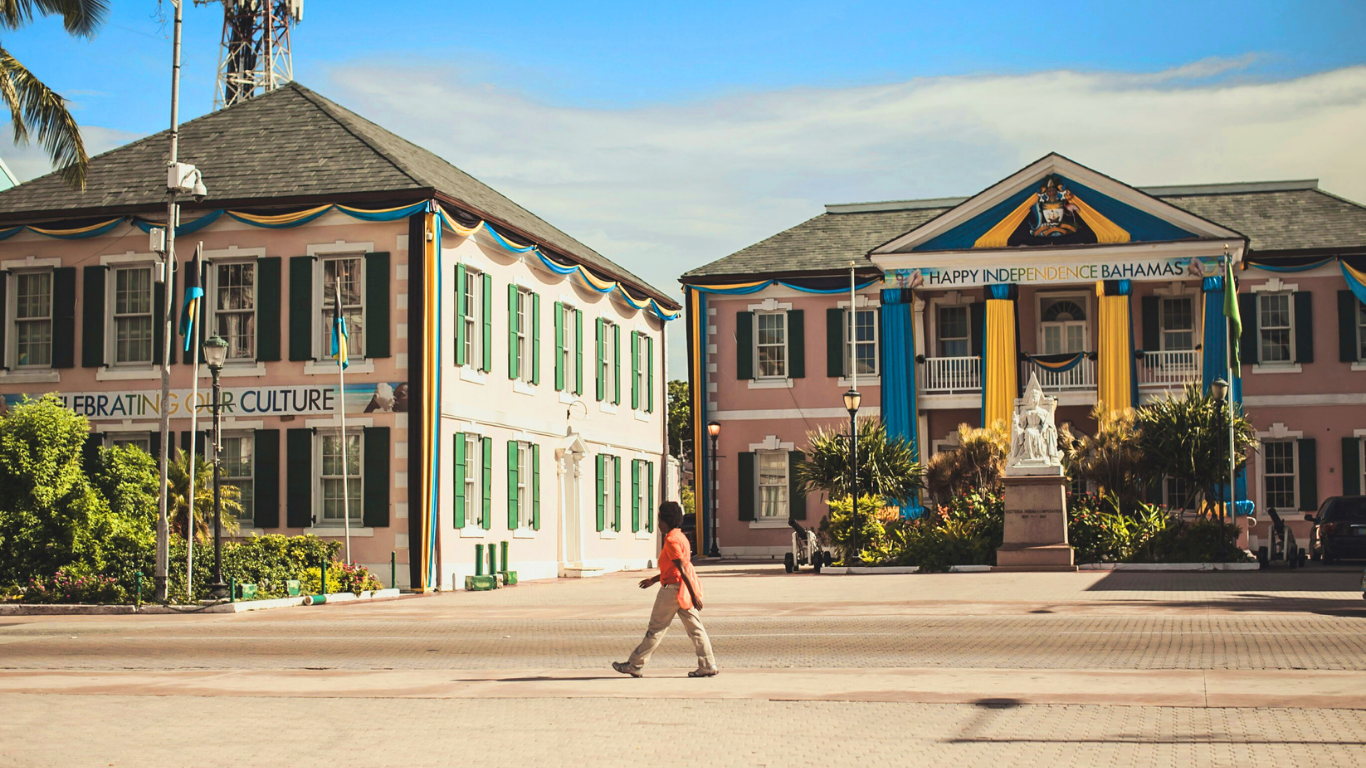
What makes the Bahamas feel different from other Caribbean islands?
The Bahamas isn’t just another stop on a Caribbean cruise. Yes, it shares warm waters and white sand with its Caribbean island cousins—but it dances to a different beat.
For one, it’s made almost entirely of coral limestone. That means you get postcard-perfect beaches and sandbanks that shift with the tides. The landscape isn’t dominated by volcanic peaks like in St. Lucia or Dominica—it’s flatter, more subtle, and deeply tied to the ocean.
Can’t-miss festivals in the Bahamas
Timing your trip with local events is one of the best ways to experience the Bahamas beyond the beaches. Here's what’s worth planning around:
1. Junkanoo
It’s the crown jewel of Bahamian festivals—part street parade, part cultural explosion.
Picture hundreds of dancers in handmade costumes, brass bands, goat-skin drums, and the hypnotic clang of cowbells shaking Bay Street from midnight to morning.
2. Bahamas International Film Festival
This annual festival draws filmmakers and cinephiles from all over the world.
Screenings take place across Nassau and other islands, with a strong focus on Caribbean voices and underrepresented storytellers.
3. Bahamas Carnival
If you're craving energy, this is it. Think soca-fueled street parties, all-night music, and plenty of movement.
It’s not to be confused with Junkanoo—it’s more aligned with the larger Caribbean carnival circuit—but it’s 100% Bahamian in spirit.
If you want to align your itinerary with these celebrations, explore the top things to do in the Bahamas.
Best time to visit the Bahamas
Once you know where the Bahamas is located, the next logical question is: When’s the best time to go?
Here’s what you should know.
Seasonal breakdown
December to April (high season): Dry weather, clear skies, and warm sunshine make this the most popular time to visit. You’ll get postcard-perfect conditions, but prices peak too. Still—if you’re hoping to island-hop, snorkel, or lounge under perfect skies, this is the sweet spot.
May to November (low season): It’s warmer, rainier, and yes—it’s hurricane season. But it’s also quieter, cheaper, and full of life. Expect lush landscapes, uncrowded beaches, and serious deals. Just check forecasts and consider travel insurance, especially in late summer.
Best months to go
December & January: Cool, breezy, and full of energy—thanks to Junkanoo.
March & April: Comfortable weather and thinner crowds. Perfect for diving or sailing.
June: Warm seas, relaxed vibes, and better rates if you're watching your budget.
Bottom line: The best time to visit the Bahamas depends on what you want—sun-soaked days or smart savings. Either way, there’s no real “bad” time to go.
So, where exactly is the Bahamas? Let’s land the plane.
If you've been wondering where the Bahamas is, here’s the clear answer:
While it’s not technically inside the Caribbean Sea, it's part of the broader Caribbean region, both culturally and geopolitically.
That’s why you'll often see it grouped with other Caribbean islands in travel guides, cruise routes, and cultural conversations.
But if we're being honest, just knowing where the Bahamas is located doesn’t explain what makes it feel different. That comes from the people, the music, the food, and the slow, intentional way of life that sets the pace across the islands.
This is a country shaped by African heritage, colonial history, and its unique position as a maritime crossroads. You’ll see it in the architecture. You’ll hear it in the music. You’ll taste it in every plate of stew fish and souse.
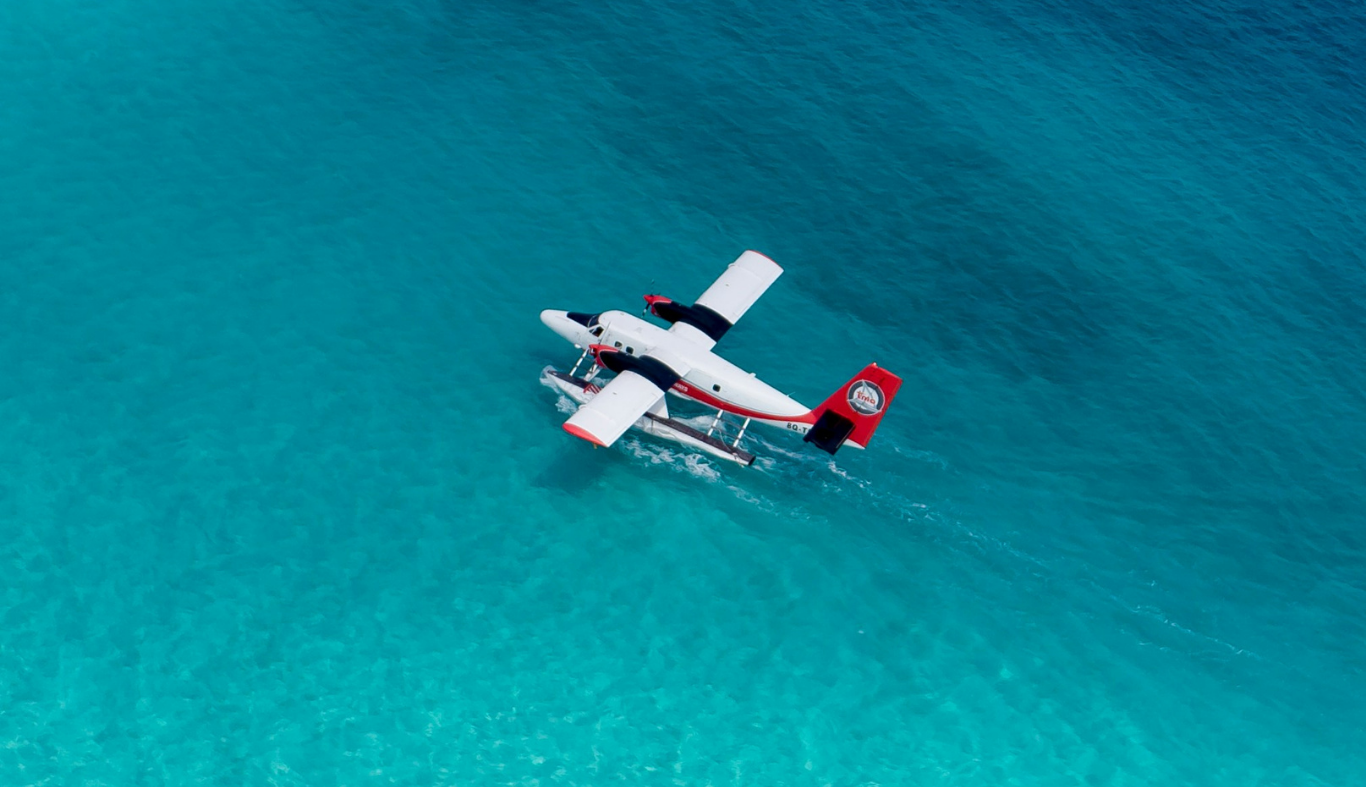
Closer than you think. Better than you imagined.
So, where is the Bahamas located in the Caribbean experience? Right where it needs to be—just a short flight from the U.S., but a whole world away in how it feels.
Whether you’re sailing past Staniel Cay, snorkeling over sunken wrecks, or timing your trip for the best time to visit the Bahamas, there’s never a wrong moment to go.
Find out which of these amazing tours you’re ready to tick off your bucket list because this isn’t some far-off fantasy. The Bahamas is your real, reachable slice of paradise—and it’s ready when you are.

